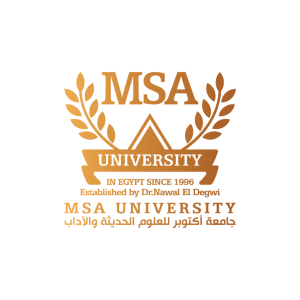Technology, science and capacity building are major pillars of the Means of Implementation of the Post-2015 Agenda and of the Rio+20 follow-up processes. In this unit students will Harness the digital age, as we are, after all, in the midst of the Fourth Industrial Revolution (4IR), a global era characterized by rapid advancements in new technologies and global connectivity. Artificial Intelligence (AI) now forms part of our everyday lives – optimizing and customizing what we see, choose and learn. Ubiquitous sensors are collecting more data than ever before, with connected devices simplifying our lives.
Autonomous vehicles, drone delivery and, soon, drone transport are set to transform global mobility. Even immersive reality guided surgeries, 3D printing of body parts and affordable biohacking are here or on their way. With ready access to powerful computing and breakthroughs in AI techniques, computers can now mimic how people learn, see, hear and understand, making today’s digital age also an age of unprecedented discovery and innovation.
Technology is not a silver bullet, but it holds the incredible potential to transform sectors rapidly and globally: to increase the productivity of systems.
Goal 17 – Partnership of the Goals
Target 17.8: Strengthen the science, technology and innovation capacity for least-developed countries, as it is formulated to: "Strengthen the science, technology and innovation capacity for least developed countries: Fully operationalize the technology bank and science, technology and innovation capacity-building mechanism for least developed countries by 2017 and enhance the use of enabling technology, in particular information and communications technology."
